As pet owners increasingly seek eco-friendly alternatives, soya-based cat litter has become a popular choice for its sustainability, odor control, and biodegradable properties. Unlike traditional clay litter, which involves environmentally harmful mining practices, soya cat litter processing lines transform soy residues into an effective, natural, and sustainable product. This article takes you through the entire journey, from raw soy materials to the final product, highlighting the key stages, benefits, and innovative technologies involved in this growing industry.
Why Choose Soya Cat Litter?
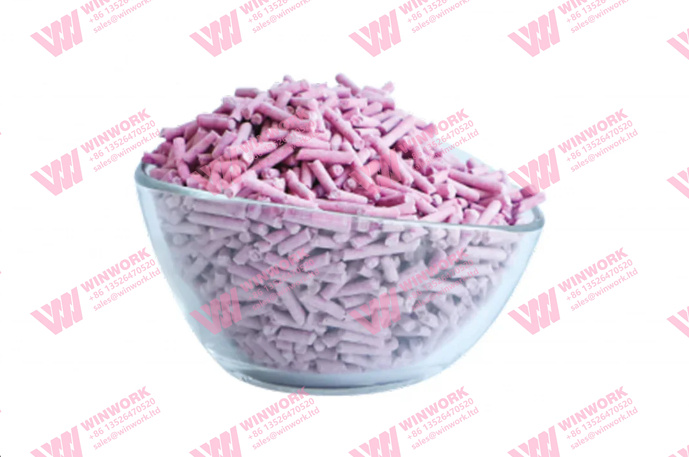
Soya cat litter offers several advantages over conventional clay-based litter:
- Biodegradable: Made from plant-based materials, soya cat litter decomposes naturally, reducing landfill waste.
- Lightweight and Dust-Free: Easier to handle and safer for both pets and humans, especially those with respiratory sensitivities.
- Superior Odor Control: The natural absorbency of soy helps neutralize odors, providing a hygienic environment.
- Eco-Friendly Alternative: Utilizing soy waste supports sustainable production practices by reducing agricultural waste.
As the demand for environmentally conscious pet care products grows, soya cat litter processing lines have become essential in meeting these needs efficiently.
Raw Materials for Soya Cat Litter Production
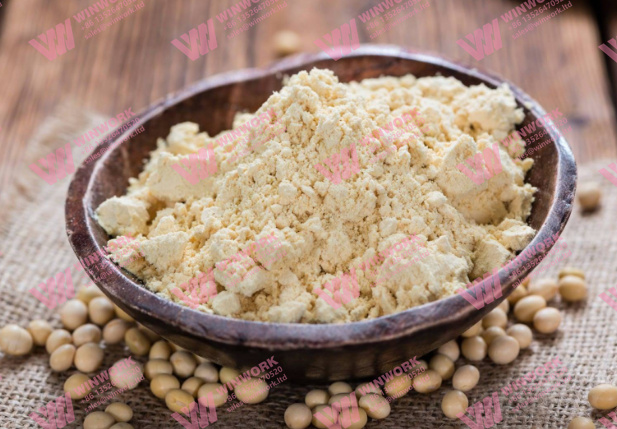
The journey begins with soybean byproducts, such as okara (soy pulp) and defatted soy meal, which are byproducts of tofu or soy milk production. These materials, which would otherwise go to waste, are repurposed into litter. Soya cat litter not only supports waste reduction but also makes efficient use of agricultural residues.
Soy byproducts are collected, inspected for quality, and prepared for processing to ensure that the final product meets safety and performance standards.
Key Stages in a Soya Cat Litter Processing Line
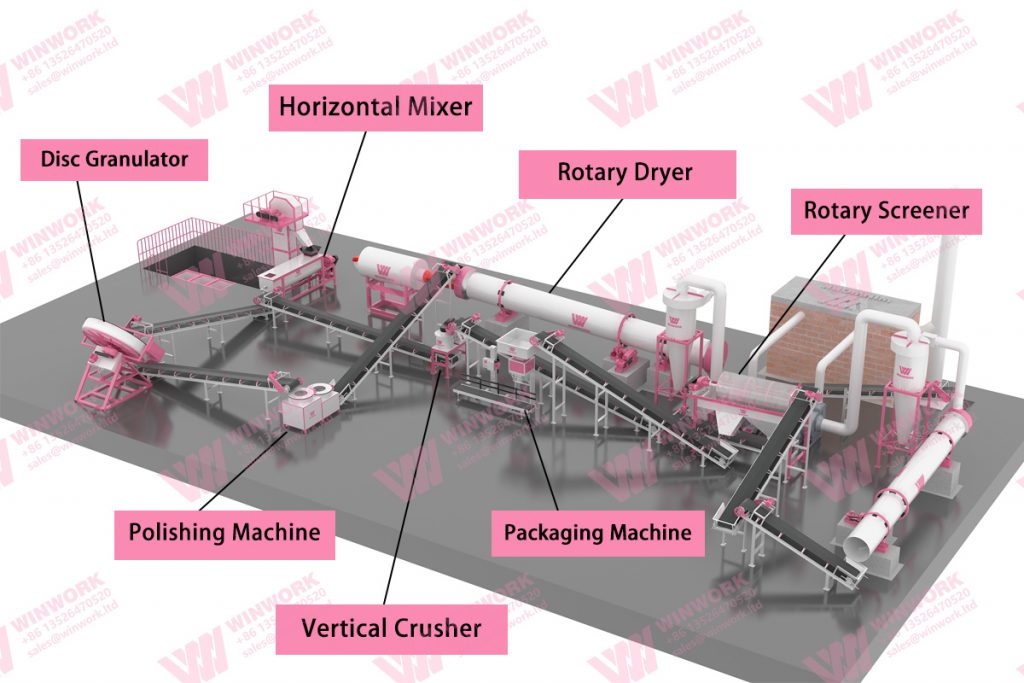
A soya cat litter processing line involves several specialized steps that transform raw soy byproducts into high-performance litter. Let’s walk through the entire process:
a. Crushing and Pulverizing
The first step involves crushing and grinding the raw soy material into fine particles. This stage ensures consistency in particle size, which is critical for creating litter with uniform absorbency and clumping properties. Crushers and grinders break down the materials, preparing them for further processing.
b. Mixing and Blending
Once the raw materials are ground into powder, they are mixed with other additives such as starch or plant fibers to enhance clumping ability and odor control. The soya cat litter processing line uses advanced mixers to ensure that the components are evenly distributed, creating a high-quality product that performs consistently.
c. Granulation and Shaping
The blended material is transferred to a granulator, where it is compacted into uniform pellets or granules. Granulation improves the litter’s usability by creating lightweight, easy-to-handle particles that are suitable for both cats and pet owners. The size and density of the granules can be adjusted based on market demands.
d. Drying and Cooling
After granulation, the litter undergoes drying to remove moisture, ensuring stability and a long shelf life. Rotary dryers or fluidized bed dryers are commonly used to achieve optimal moisture content. Once dried, the litter is cooled to prevent clumping and sticking during storage.
e. Screening and Quality Control
The processed litter is screened to ensure uniform granule size and consistency. Any oversized or undersized particles are removed or reprocessed to maintain product quality. The screening step guarantees that the litter meets the required standards for absorbency, clumping, and odor control.
f. Packaging and Distribution
The final stage involves packaging the litter into consumer-ready bags or containers. Automated packaging systems measure and fill the bags efficiently, ensuring consistent weight and sealing to maintain freshness. The product is now ready for distribution to pet stores and customers worldwide.
Benefits of Soya Cat Litter Processing Lines

Investing in modern soya cat litter processing lines offers several advantages:
a. Sustainable and Eco-Friendly Production
Using soy byproducts reduces waste and minimizes the need for non-renewable resources. The production line promotes a circular economy by converting agricultural residues into valuable consumer products.
b. High-Quality Output
Advanced processing ensures that the final product meets high standards for absorbency, clumping, and odor control. Quality control mechanisms throughout the production line guarantee consistent performance, enhancing customer satisfaction.
c. Cost Efficiency and Scalability
Automated systems increase efficiency and reduce labor costs, enabling manufacturers to scale production to meet growing market demands. Soya cat litter processing lines can also be customized to produce different pellet sizes and formulations, catering to various consumer preferences.
Innovations in Soya Cat Litter Processing Lines

Modern soya cat litter processing lines are equipped with cutting-edge technology that improves both efficiency and sustainability:
a. Automation and Precision Control
Automation ensures smooth operation by monitoring every stage of the production process. Real-time sensors and control systems optimize parameters like temperature, moisture levels, and particle size, resulting in a superior product.
b. Energy-Efficient Machinery
Many production lines now feature energy-efficient dryers and mixers, reducing the carbon footprint of the manufacturing process. This aligns with the growing demand for environmentally friendly products.
c. Customizable Formulations
Producers can integrate additives such as charcoal, baking soda, or plant enzymes to enhance odor control or antibacterial properties. This flexibility allows manufacturers to develop premium litter products that stand out in a competitive market.
Meeting Market Demands with Soya Cat Litter
With growing consumer awareness of sustainable living, soya cat litter has become a preferred choice among eco-conscious pet owners. The global trend toward environmentally friendly products is driving demand for litter that is both functional and sustainable.
Producers who invest in advanced soya cat litter processing lines are well-positioned to meet this demand. Offering customizable litter products not only satisfies different market needs but also allows manufacturers to build brand loyalty.
Challenges and Solutions in Soya Cat Litter Production
While soya cat litter processing lines offer many benefits, there are some challenges to address:
a. Moisture Control
Maintaining the correct moisture levels is crucial for product quality. Excess moisture can cause clumping during packaging, while too little moisture affects absorbency. Automated drying systems with precise controls are essential to address this issue.
b. Managing Production Costs
Using agricultural residues helps reduce raw material costs, but energy consumption during drying and granulation can be significant. Investing in energy-efficient equipment can offset production expenses and improve profitability.
c. Storage and Shelf Life
Proper storage is necessary to prevent moisture absorption during transportation and storage. Using airtight packaging and incorporating moisture barriers can ensure the product remains fresh and functional for consumers.
Conclusion
The rise of soya cat litter processing lines reflects the growing demand for sustainable and eco-friendly pet care products. From agricultural residues to ready-to-use litter, these processing lines demonstrate how innovation can transform waste into valuable consumer goods.
By investing in modern production technologies, manufacturers can produce high-quality litter that meets the needs of environmentally conscious pet owners while contributing to sustainable practices. With continued advancements, soya cat litter processing lines will play an essential role in shaping the future of eco-friendly pet care.



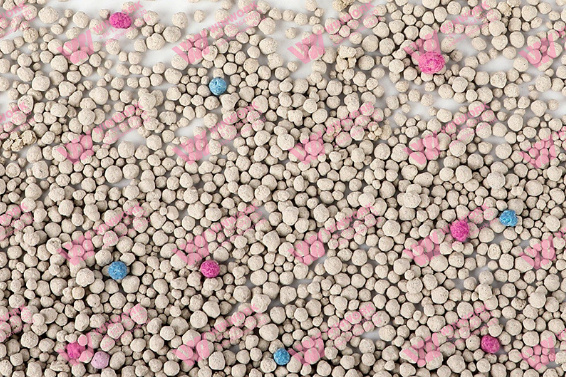
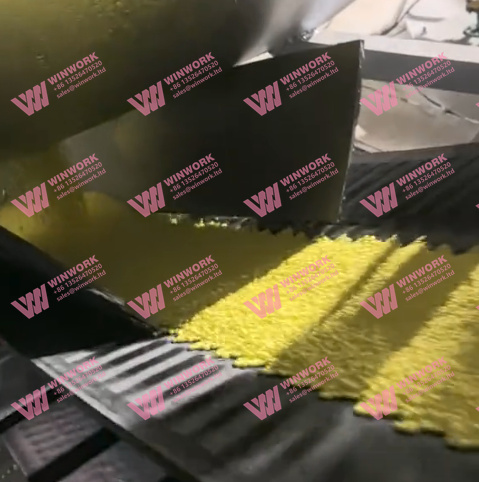
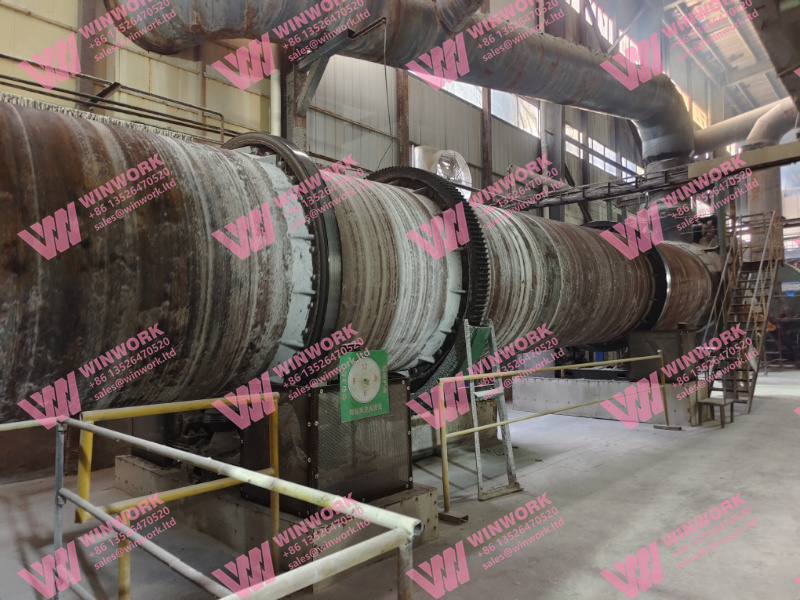
Get A Quote